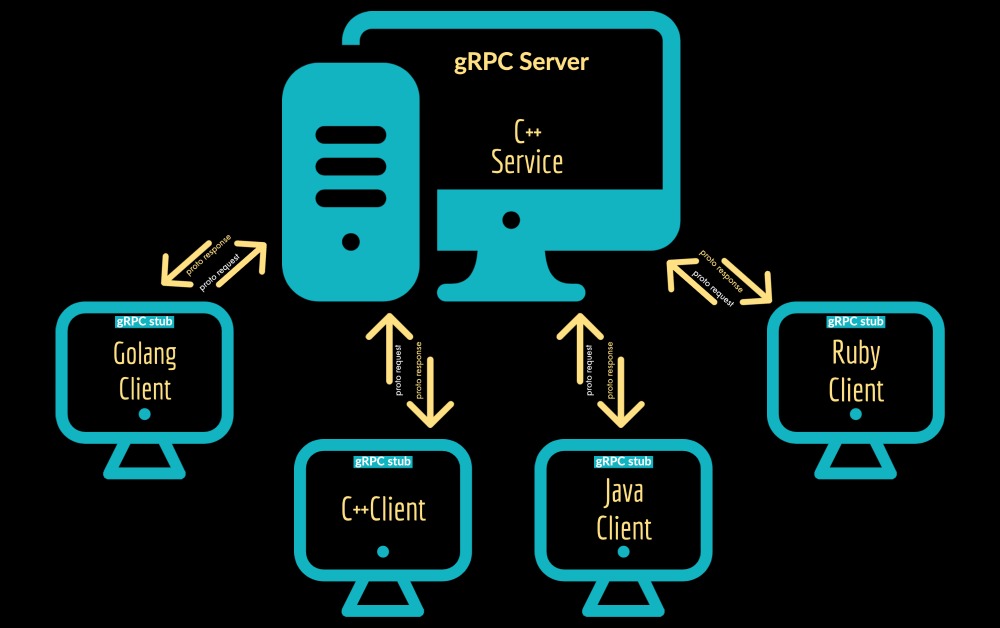This post was originally published on my Medium profile : A concise guide to gRPC for beginners
A series of simple, beginner friendly tutorials that explain the what, why and how of gRPC.
Getting started - Understanding RPC
What is RPC?
- RPC aka Remote Procedure Calls - are just like functions.
- These functions are executed on some remote system and hence the name.
- It follows a request - response model.
- A request is initiated from the client - this request is a function call with certain parameters and then, the server returns a response.
- Real world application - to construct distributed, scalable, client - server based applications.
gRPC
- gRPC is a technology to implement RPC APIs.

- Can write servers and clients using different programming languages - a client written using Python can interact with a server written in Golang.
- By default gRPC uses protocol buffers as the interface definition language (IDL) to define the RPC services and the structure of the payload messages.
Understanding protocol buffers and .proto files
What is protobuf?
- Protocol buffers are a way to serialize structured data in an efficient manner.
- It uses the method of binary serialization, which is faster than text based serialization methods like JSON.
- The protobuf specification can be implemented in various programming languages.
What is a .proto file
A .proto file will contain the necessary definitions to see the protocol buffers in action. A file with .proto extension will contain the definitions of messages and services. The services are analogous to procedures/functions and the messages are analogous to the data types of the parameters that can be passed to these functions.
syntax = "proto3";
message UrlRequest{
string req = 1;
}
message UrlResponse{
int res = 1;
}
service Url{
rpc CallUrl(UrlRequest) returns (UrlResponse){}
}
In the above example, the first line of the file specifies that you’re using proto3 syntax, CallUrl is a service, UrlRequest and UrlResponse are the message definitions. We can see that the RPC service - CallUrl acts as a function with input parameter as UrlRequest and output as UrlResponse. The message definitions can have fields within them. Each field has a name and a type. Here we have req field which has the data type string in UrlRequest and res is a field whose data type is int in UrlResponse.
Important step - Compiling a .proto file
- This generates helper code to implement the server and client code in the programming language of your choice.
- The generated code also handles the parsing of structured data as the data is serialised into a binary format which can be transferred more efficiently as compared to text based serialisation methods like JSON, XML.
Further Reading - Language Guide (proto3)
Let’s Code
Basic Workflow
- Define the protocol - Write a .proto file
- Define messages
- Define RPC service procedures with their respective parameters and return types. There can be 4 types of RPC procedures:
- simple RPC
- server-side streaming RPC
- client-side streaming RPC
- bidirectional streaming RPC
- Compile .proto file - generates protobuf related code for binary serialization of data; also generates client and server stubs
- Write Server and Client code using language of your choice with the help of the generated stubs
- Compile and run the final application
Further reading:
gRPC vs REST: Understanding gRPC, OpenAPI and REST and when to use them in API design
